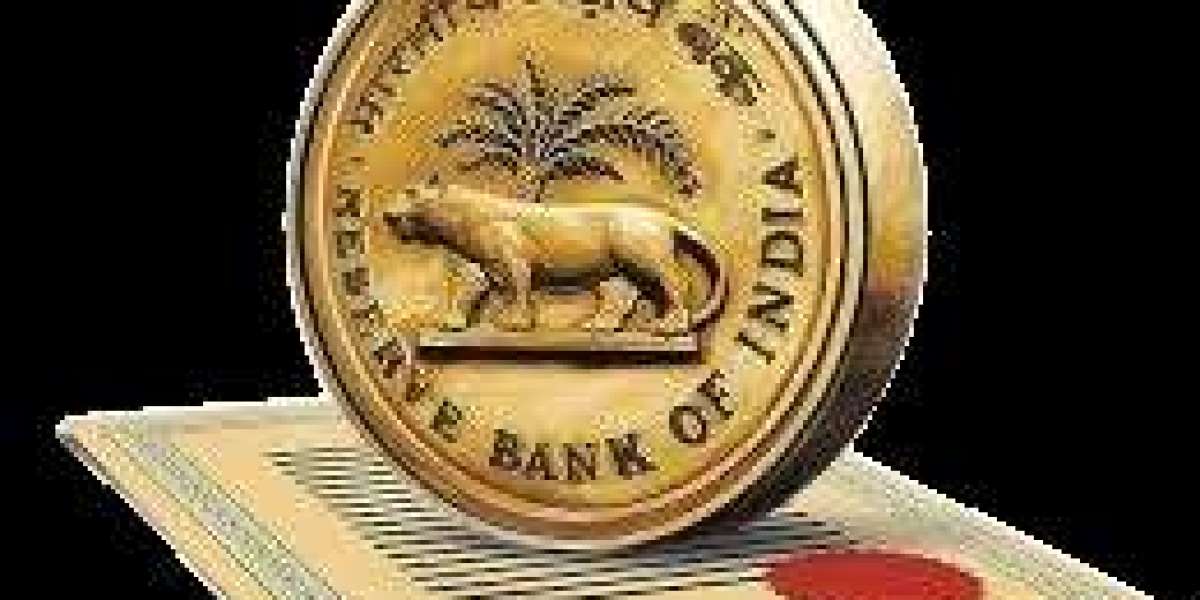Understanding the Reserve Bank of India's (RBI) monetary policy framework is essential for anyone interested in economics, finance, or aspiring to work in the banking sector. RBI Grade B Exam, conducted by the Reserve Bank of India, is a prestigious opportunity for those seeking a career in central banking. In this article, we'll delve into the intricacies of RBI's monetary policy framework and provide valuable insights on preparing for the RBI Grade B Exam.
Understanding RBI's Monetary Policy Framework:
RBI's monetary policy framework is a set of measures and tools aimed at achieving specific macroeconomic objectives, primarily price stability and economic growth. The framework is governed by the Reserve Bank of India Act, 1934, and is guided by the Monetary Policy Committee (MPC).
Monetary Policy Objectives:
Price Stability: RBI aims to maintain inflation within a target range to ensure stable prices and safeguard the purchasing power of the currency.
Economic Growth: While controlling inflation, RBI also endeavors to support economic growth by ensuring adequate credit availability and promoting investment.
Monetary Policy Tools:
Repo Rate: The rate at which RBI lends money to commercial banks. Changes in the repo rate influence borrowing costs, thereby affecting consumption and investment.
Reverse Repo Rate: The rate at which RBI borrows from commercial banks. Altering the reverse repo rate impacts liquidity in the banking system.
Cash Reserve Ratio (CRR): The portion of deposits banks must keep with RBI as reserves. Adjusting CRR regulates the amount of funds available for lending by banks.
Statutory Liquidity Ratio (SLR): The percentage of deposits banks must maintain in the form of liquid assets. SLR adjustments affect banks' lending capacity.
Monetary Policy Transmission:
RBI's policy actions impact various segments of the economy, including interest rates, credit availability, exchange rates, and ultimately, economic activity.
The transmission mechanism refers to the process through which changes in RBI's policy rates are transmitted to the real economy, influencing borrowing and spending behavior.
Monetary Policy Reviews:
The MPC, comprising RBI officials and external members, conducts bi-monthly meetings to review economic indicators and decide on policy actions.
The Monetary Policy Statement communicates the MPC's decisions regarding interest rates and policy stance, providing guidance to market participants and the public.
Preparing for RBI Grade B Exam:
Cracking the RBI Grade B Exam requires diligent preparation and a comprehensive understanding of various subjects. Here are some tips to help you prepare effectively:
Understand the Exam Pattern:
Familiarize yourself with the exam pattern, including the phases (Phase-I, Phase-II, and Interview), subjects, and marking scheme.
Phase-I consists of objective-type questions covering General Awareness, English Language, Quantitative Aptitude, and Reasoning. Phase-II includes Economic & Social Issues, Finance & Management, and English Descriptive Paper.
Study Syllabus Topics:
Focus on core subjects such as Economics, Finance, and Management, covering topics like macroeconomics, monetary policy, financial markets, banking, and economic reforms.
Refer to standard textbooks, study materials, and online resources recommended by experts to build a strong foundation in these subjects.
Practice Regularly:
Solve previous years' question papers and mock tests to understand the exam pattern, time management, and improve your problem-solving skills.
Allocate dedicated study hours daily and maintain a consistent study schedule to cover all subjects comprehensively.
Stay Updated:
Keep yourself updated with current affairs, economic developments, and RBI's policies through newspapers, magazines, and reliable online sources.
Follow RBI's official communications, including policy statements, reports, and circulars, to understand recent trends and developments in the banking sector.
Enhance Descriptive Writing Skills:
Practice writing essays, précis, and letter/essay writing for the descriptive paper in Phase-II. Focus on clarity, coherence, and conciseness in your writing.
Seek feedback from mentors or peers to improve your writing skills and address any areas of weakness.
Conclusion:
Understanding RBI's monetary policy framework is crucial for comprehending the functioning of the Indian economy and financial markets. Similarly, preparing for the RBI Grade B Exam requires dedication, systematic preparation, and staying updated with current affairs and economic developments. By following the tips mentioned above and adopting a disciplined approach to study, you can increase your chances of success in cracking the RBI Grade B Exam and embarking on a rewarding career in central banking.



